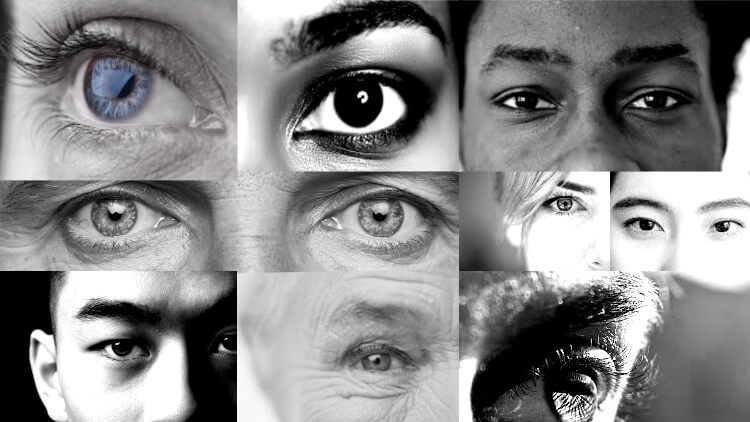Lead Digital Transformations with Customer eXperiences
- Description
- Curriculum
- FAQ
- Reviews
In this course, you´ll learn step by step, with guided practical examples of how to identify your digital transformation roadmap, your digital transformation program for change. Aligned to the needs of your customers, by taking a customer experience approach. And helping fuel the change, by making your employees part of it, after all it, it’s better to feel part of change, rather than change be applied to you.
And your employees don’t need to do anything more than to identify how they currently work and help shape things for the better for them and your customers.
This framework helps you identify, what to change, why change & how, including the priority, change iterations to apply (which can help with an agile or a design thinking approach), plus, how you set yourself up for success. All aligned to the readiness of your own company, considering what systems, processes, or ways of working you currently have in place, plus, more importantly, your employees own confidence of applying changes.
Change is our only constant, so we’ve created this framework in a flexible way that allows you to split the changes into the stages of the customer experience. Meaning, you can tweak, change and adjust as you learn, using the framework as a form of ongoing change that allows you to always adjust to the needs of your customers and employees.
We believe, everyone has the power to lead change, just sometimes, we need a guiding hand, hence the creation of our courses. All the best.
-
1How best to work with this course and the approach we takeText lesson
-
2What are the 9 steps for digital transformation?Text lesson
-
3Introduction to the 9 steps of Digital Transformation videoText lesson
-
4An overview of how these 9 steps of digital transformation are appliedVideo lesson
We're giving you a thorough overview of each step, with this guided explanation. It's 5 minutes well spent to get a better understanding of how this framework will help you and why this digital transformation works.
Please, excuse our robot voice, we wanted to get this one professionally created, but then soon decided, our own voice helps the content resonate more.
So, for the next sections, where we delve into the detail of each step, it will be all us....now we just hope you don't get fed up of our voice...
-
5Introduction to what you will learn from step 1 and creating your CX baselineText lesson
-
6Step 1 - capturing your current customer experience, your baseline for changeVideo lesson
Now we get into the detail, using our airline example, we are going to take you through a practical example of how to map out your current customer experience associated with a product or service. In this case, it is for a service, booking a flight in fact.
Throughout this course, we will give you tips and tricks on what to consider and who to involve in your workshops when you are ready to run them. Although, remember, we recommend you go through the entire course first, then use them as a guide to hold your own workshops with your employees.
-
7What you will learn from step 2, capturing how you provide the serviceText lesson
-
8Step 2 - identifying how you currently provide this experienceVideo lesson
A customer experience is really only as good as the people, processes and systems that fuel it. Hence, within this video we help you capture how a current service might be fueled (pun intended as we're using an airline example).
Giving you a framework to consider the departments, what systems might be used, or maybe a process, or way of working that is being followed. Here is where you capture all the details, the details needed to understand how you might need to change to provide a better service for your customers, and, or your employees.
-
9Our feelings are a major reason for the change, step 3 overviewText lesson
-
10Step 3 & 4 - assigning how both your customers and employees feelVideo lesson
How we feel about something greatly affects our perception of a service, so if a customer is upset during the experience you provide to them, they are not going to be a returning customer, or if they are, they certainly won't be an advocate for your company, or worse, they might tell a lot of other people how bad you are.
And, the same is for your employees, if they are frustrated when providing a service, or product, guess who picks up on that? Yep, that's right, your customers. But also, who wants to really work with other employees that are in a bad mood all the time, and worse, if everyone is upset, this affects your company culture.
Hence, the importance of capturing both, how your customers and your employees feel when providing your product or service.
And we will help you with tips on how within this next video...

External Links May Contain Affiliate Links read more





